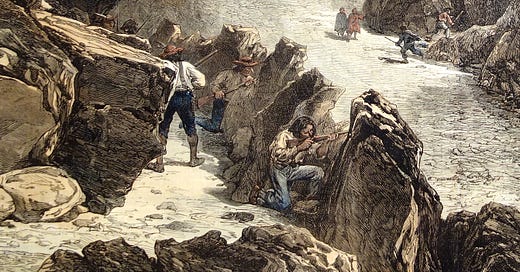A.I. vs. Eyewitness: The Modoc War of 1872
Has Artificial Intelligence replaced illustrated journalism as the definitive record of history?
Keep reading with a 7-day free trial
Subscribe to Illustrated Journalism to keep reading this post and get 7 days of free access to the full post archives.





